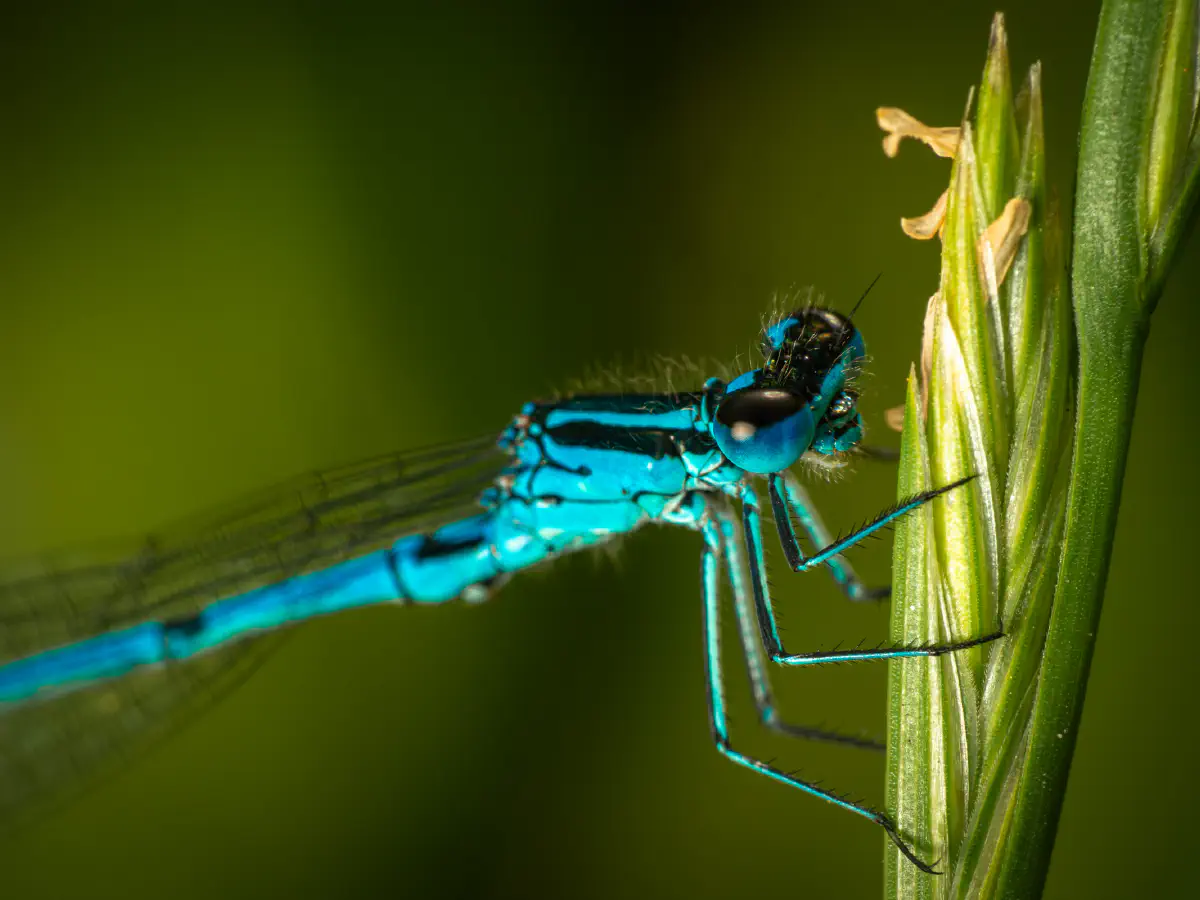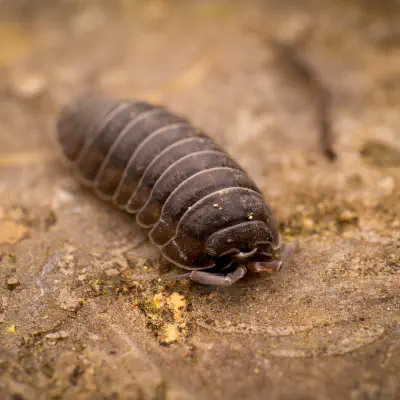They require areas of open vegetation, mixed with slow flowing water in which to lay their eggs. The larvae spend 2 years underwater before emerging as damselflies.
Southern Damselfly (lat. Coenagrion mercuriale)


Habitat

Status in the United Kingdom
It is thought that 25% of the world population exists within the United Kingdom but it has declined by 30% since 1960 due to changes in grazing, land drainage and water abstraction. Places where they are found include the New Forest, Hampshire, Oxfordshire and the Preseli Hills, Pembrokeshire, where work was being carried out in 2015 to improve habitat, work that was reported in 2020 as successful. In 2009, 500 adults were captured and released in
the Venn Ottery nature reserve in Devon. This nature reserve is owned and managed by the Devon Wildlife Trust and grazing has been re-introduced there to help encourage this species which had not been recorded there since 1988. The species is protected under Schedule 5 of the Wildlife and Countryside Act 1981.

External links
Southern damselfly British Dragonfly Society Website Coenagrion mercuriale in Fauna Europaea
This is not intended to be a dry lexicon. Personal stories and sensitive articles form the framework for our pictures: „Even sustainability can be staged“
Robert the pill woodlouse in organic wonderland
Full post

Copyright

This article uses material from the Wikipedia article Coenagrion mercuriale the free encyclopedia Wikipedia which is released under Creative Commons Attribution-ShareAlike 4.0 International License). On Wikipedia a list of authors is available.